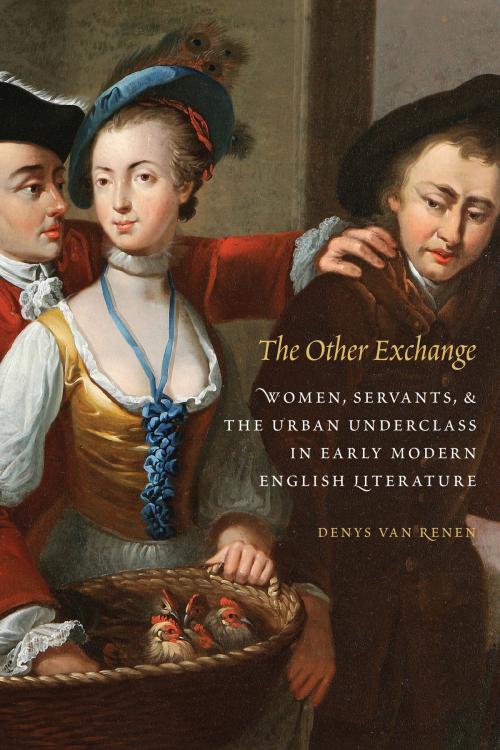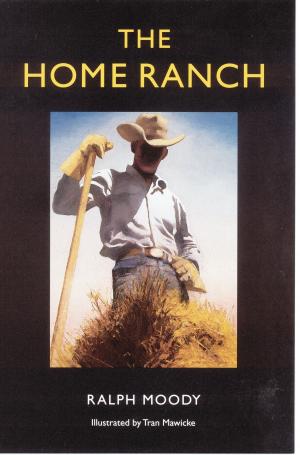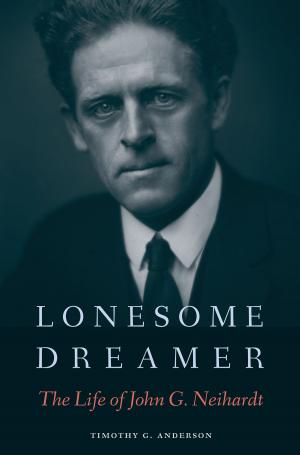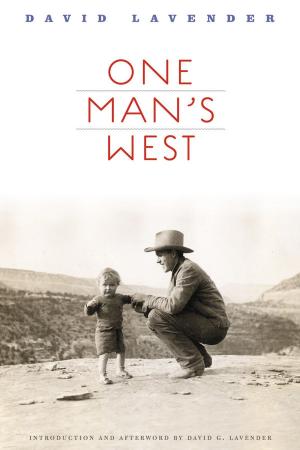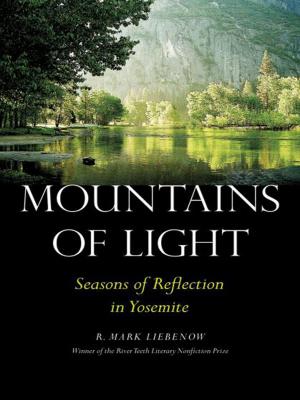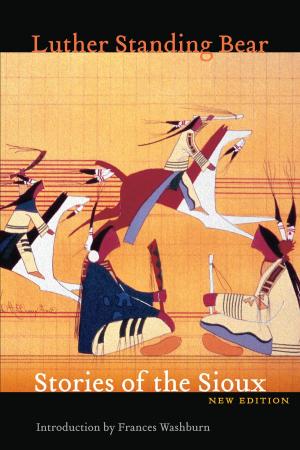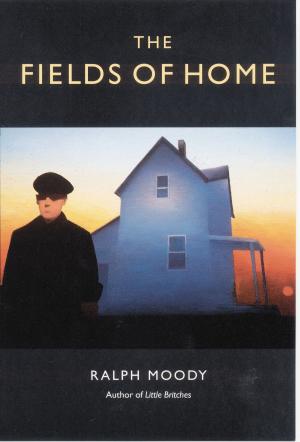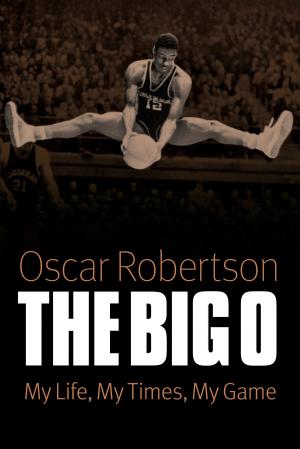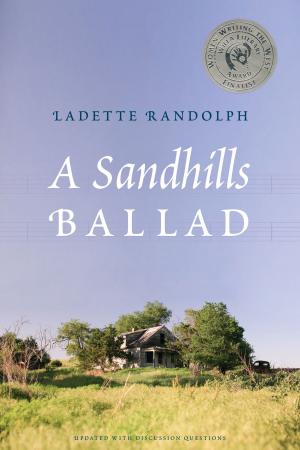The Other Exchange
Women, Servants, and the Urban Underclass in Early Modern English Literature
Nonfiction, History, Modern, 17th Century, Fiction & Literature, Literary Theory & Criticism, British| Author: | Denys Van Renen | ISBN: | 9781496200464 |
| Publisher: | UNP - Nebraska | Publication: | March 1, 2017 |
| Imprint: | University of Nebraska Press | Language: | English |
| Author: | Denys Van Renen |
| ISBN: | 9781496200464 |
| Publisher: | UNP - Nebraska |
| Publication: | March 1, 2017 |
| Imprint: | University of Nebraska Press |
| Language: | English |
Prompted by commercial and imperial expansion such as the creation of the Bank of England in 1694 and the publication and circulation of Ben Jonson’s The Staple of News in 1626, rapidly changing cultural, economic, and political realities in early modern England generated a paradigmatic shift in class awareness. Denys Van Renen’s The Other Exchange demonstrates how middle-class consciousness not only emerged in opposition to the lived and perceived abuses of the aristocratic elite but also was fostered by the economic and sociocultural influence of women and lower-class urban communities.
Van Renen contends that, fascinated by the intellectual and cultural vibrancy of the urban underclass, many major authors and playwrights in the early modern era—Ben Jonson, Richard Brome, Aphra Behn, Joseph Addison, Richard Steele, Eliza Haywood, and Daniel Defoe—featured lower-class men and women and other marginalized groups in their work as a response to the shifting political and social terrain of the day. Van Renen illuminates this fascination with marginalized groups as a key element in the development of a middle-class mindset.
Prompted by commercial and imperial expansion such as the creation of the Bank of England in 1694 and the publication and circulation of Ben Jonson’s The Staple of News in 1626, rapidly changing cultural, economic, and political realities in early modern England generated a paradigmatic shift in class awareness. Denys Van Renen’s The Other Exchange demonstrates how middle-class consciousness not only emerged in opposition to the lived and perceived abuses of the aristocratic elite but also was fostered by the economic and sociocultural influence of women and lower-class urban communities.
Van Renen contends that, fascinated by the intellectual and cultural vibrancy of the urban underclass, many major authors and playwrights in the early modern era—Ben Jonson, Richard Brome, Aphra Behn, Joseph Addison, Richard Steele, Eliza Haywood, and Daniel Defoe—featured lower-class men and women and other marginalized groups in their work as a response to the shifting political and social terrain of the day. Van Renen illuminates this fascination with marginalized groups as a key element in the development of a middle-class mindset.
